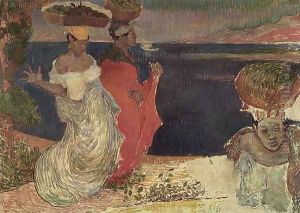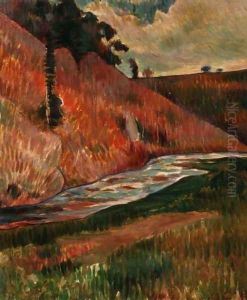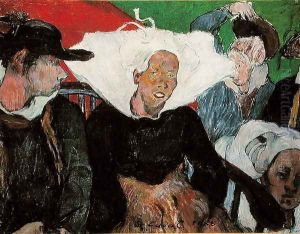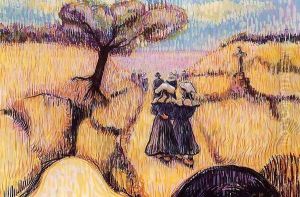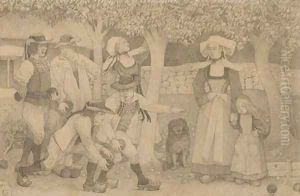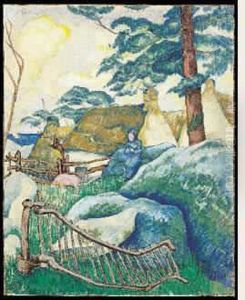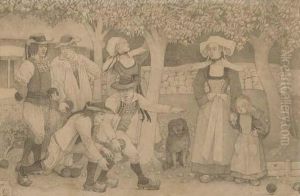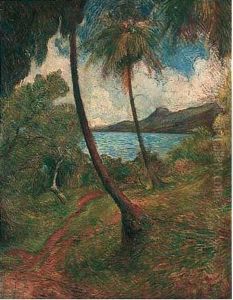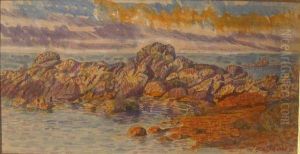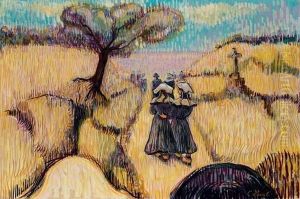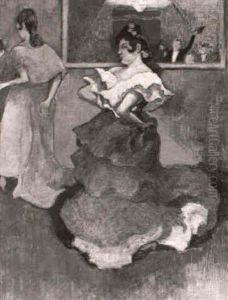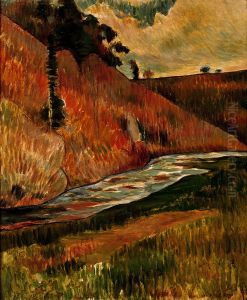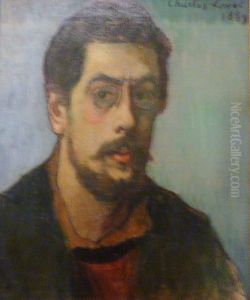Charles Laval Paintings
Charles Laval was a French Post-Impressionist painter whose work, while not as widely recognized as some of his contemporaries, played a significant role in the development of early modern art. Born on March 17, 1861, in Paris, France, Laval emerged as an artist during a vibrant period of artistic innovation and experimentation. His career was, however, tragically short-lived; he died at the young age of 33 on April 27, 1894, in Paris.
Laval's artistic journey began in earnest when he moved to Pont-Aven in Brittany, a location that became a crucible for the Post-Impressionist movement. It was here that he formed a close friendship and professional relationship with Paul Gauguin, a leading figure in the Post-Impressionist movement. This relationship was instrumental in the development of Laval's style and artistic direction. Under Gauguin's influence, Laval began to experiment with bold colors, symbolic content, and innovative techniques that diverged from traditional Impressionist concerns with light and naturalistic representation.
In 1888, Laval followed Gauguin to Panama and Martinique, an experience that further expanded his horizons and exposed him to new subjects and landscapes. The vibrant colors and tropical light of the Caribbean deeply influenced his palette and thematic choices, contributing to the evolution of his distinctive style. Despite the physical and financial hardships he endured during these travels, Laval produced a significant body of work that reflected his maturation as an artist.
Upon his return to France, Laval continued to develop his unique artistic voice, although his work remained overshadowed by that of Gauguin and other contemporaries. His contributions to the Post-Impressionist movement were characterized by a dynamic use of color, an exploration of symbolic themes, and a tendency towards abstraction, which would influence future generations of artists.
Sadly, Laval's career was cut short by his untimely death from tuberculosis in 1894. Despite his brief career, he left behind a body of work that, while not as prolific or celebrated as some of his peers, offers valuable insights into the evolution of modern art at the turn of the century. Today, Charles Laval's work is recognized for its innovative approach and its role in the transition from Impressionism to the more expressive styles that would dominate the early 20th century.

